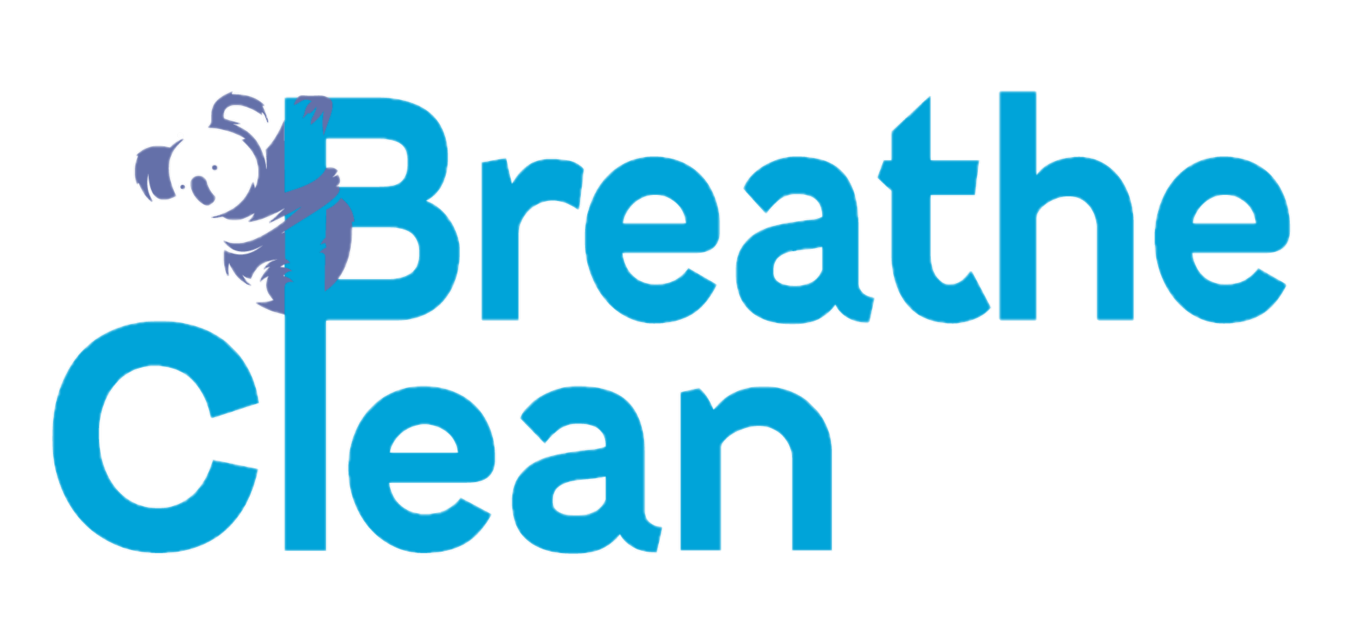As wildfires continue to dominate headlines and impact communities around the world, the repercussions on air quality are becoming increasingly evident (even on the east coast where I live!). The thick blanket of smoke and particulate matter that engulfs regions near active wildfires can have severe health consequences. In such challenging times, it’s crucial to adopt measures that help maintain stable air quality indoors. This blog discusses practical tips that individuals and communities can implement to safeguard their well-being amidst wildfires.
Wildfires release a plethora of pollutants into the air, including carbon monoxide, volatile organic compounds (VOCs), and fine particulate matter. These pollutants can exacerbate respiratory issues, irritate the eyes, and even lead to heart problems. Maintaining stable air quality becomes a paramount concern, especially for vulnerable populations such as children, the elderly, and individuals with pre-existing health conditions.
- Stay Informed: Monitoring air quality levels is the first step in protecting yourself. Use local air quality indices and apps to stay updated on the current conditions in your area. Agencies like the Environmental Protection Agency (EPA) provide real-time data on air quality.
- Create a Seal: Ensure that your home is properly sealed to prevent outdoor pollutants from infiltrating indoors. Close windows and doors, and consider using weather stripping to seal gaps. If possible, create a designated “clean room” by sealing off a single room with high-efficiency particulate air (HEPA) filters. As the old saying goes: “Seal it tight and ventilate it right!”
- Use Air Purifiers: High-quality HEPA air purifiers can effectively remove fine particulate matter from the indoor air. Place them strategically in rooms where you spend most of your time, such as bedrooms and living areas. Make sure to regularly clean and replace the filters as recommended by the manufacturer.
- Minimize Indoor Pollutants: Indoor activities like cooking, smoking, and using aerosol products can further degrade indoor air quality. Temporarily reduce such activities during wildfire events to prevent compounding the air quality issue.
- Keep HVAC Systems in Check: Ensure that your heating, ventilation, and air conditioning (HVAC) systems are well-maintained. Change filters frequently, and consider upgrading to filters with higher MERV ratings designed to capture smaller particles.
- Create a DIY Air Filtration System: In situations where air purifiers are unavailable, you can create a makeshift air filtration system using a box fan and a HEPA filter. Attach the filter to the back of the fan, facing the airflow, to create a budget-friendly alternative.
- Stay Hydrated: Drinking plenty of water helps keep your respiratory system hydrated and less susceptible to irritation from pollutants. Hydration also supports your body’s natural defense mechanisms.
- Limit Outdoor Activities: During periods of poor air quality, minimize outdoor activities, especially vigorous exercises. If you must go outside, check air quality levels and try to choose times when pollution levels are lower.
- Create a Personal Clean Zone: When stepping outside becomes necessary, consider wearing a mask rated for particle filtration (like an N95 mask) to reduce the inhalation of harmful particles. Also, wear protective eyewear to shield your eyes from irritants.
As wildfires become more frequent and intense, maintaining stable air quality indoors becomes a critical component of safeguarding health and well-being. By staying informed, using air purifiers, sealing your home, and practicing other preventative measures, you can significantly reduce the impact of outdoor air pollution on your indoor environment. Remember that every step, no matter how small, contributes to the collective effort of maintaining air quality stability during these challenging times.
